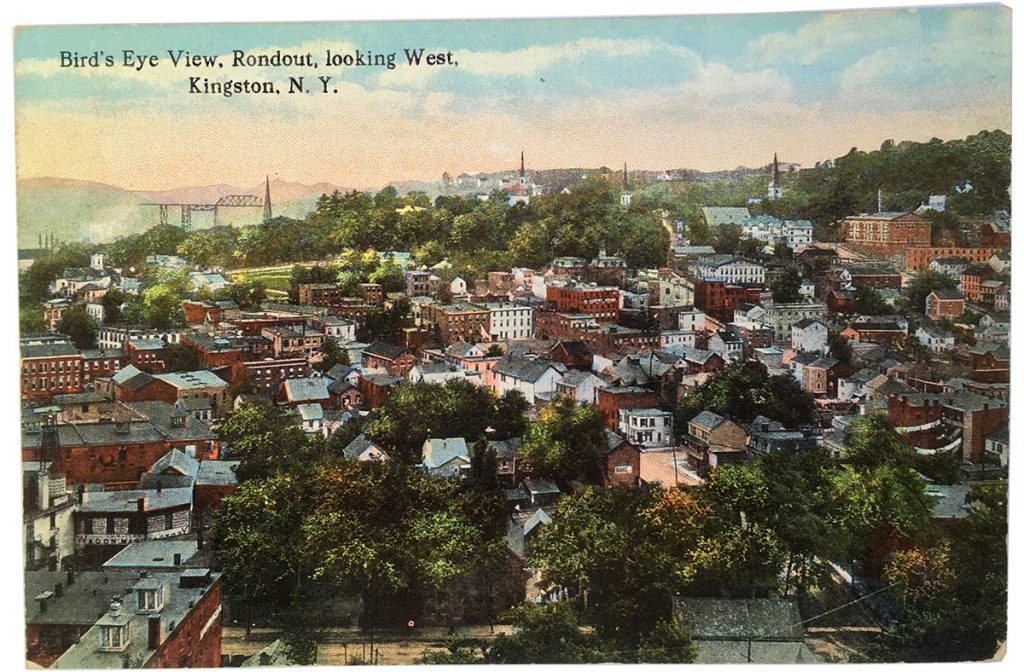
***
This post was updated December 21, 2018, to clarify two details. Firstly, the assistant corporation counsel, who provides legal counsel to the city’s commissions and boards, insisted to the Commission that the transcript of the final hearing would be sufficient for explaining the rationale of the Commission’s decision in lieu of a thorough written decision. Secondly, frequent intrusions in the commission’s final deliberations were made by the applicant and their lawyer and not other members of the public.
***
“The purpose...is to provide for the promotion of the educational, cultural, economic and general welfare of the public through the protection, enhancement, perpetuation and preservation of landmarks and Landmark Districts. The legislative body declares that it is in the public interest to ensure that the distinctive landmarks and Landmark District shall not be injuriously affected, that the value to the community of those buildings having architectural and historical worth shall not be impaired and that said districts be maintained and preserved to promote their use of the education, pleasure and welfare of the citizens of the City of Kingston and others.” Legislative Intent of the Historic Landmarks Preservation Commission, City of Kingston Administrative Code §405-63
By Marissa Marvelli
Following established procedures is key to any review by a quasi-judicial commission or board. Any misstep, big or small, can result in a judge rejecting its decision on appeal. This is precisely what has happened with the decision of Kingston’s Historic Landmarks Preservation Commission (HLPC) to deny the Irish Cultural Center (ICC) a “preservation notice of action” for their proposed new building in the Rondout Historic District. In her ruling, the Honorable Lisa Fisher of the State Supreme Court correctly notes how the members of the HLPC failed to render a clear written decision that contains specific references to the zoning code. Without that in hand, she, like Kingston’s Zoning Board of Appeals (ZBA), was left to parse the transcript of the hearing, which she accurately describes as “erratic.”
The HLPC failed in its review of the ICC—not on principle but on procedure. The final written decision of the HLPC is inadequate in describing the Commission’s reasons for its denying approval for the ICC. No member of the Commission was directly involved in the composition of the written decision, a concern that was raised by members in the weeks following the final hearing. In response, the assistant corporation counsel for the City of Kingston, who provides legal counsel to the city’s boards and commissions, insisted that the transcript would be sufficient for conveying the commission’s rationale. That transcript, which by default became the primary record of the hearing, documents a circuitous deliberation by Commissioners with frequent intrusions by the applicant and their lawyer. The record further reveals the difficulty that Commissioners had in interpreting the criteria for review as outlined in the code, because the language is too vague and weighted towards the consideration of changes to individual buildings rather than new construction in historic districts. In this light, it is not difficult to see why the ZBA and this judge concluded that the HLPC’s decision was “arbitrary and capricious.”
One of the fundamental duties of the HLPC when reviewing proposed changes in a historic district is to ensure that the character of the historic district is maintained, and “prevent construction, reconstruction, alteration or demolition out of harmony with existing buildings insofar as character, material, color, line and detail are concerned, and thus to prevent degeneration of property, to safeguard public health, promote safety and preserve the beauty of the character of the landmark or Landmark District.” (City of Kingston Administrative Code §405-64 D)
No single detail defines a historic district’s character. It is the multitude of details taken together that creates a distinctive environment and sense of place. Such character-defining qualities include the relationships of buildings to each other and to the street. Do the buildings form a continuous streetwall or are they spaced apart? Are they situated directly at the street or are they set back from it? What was the historical development trend that led to their existence? Is there a discernible rhythm or pattern of details, be it building sizes, roof massing, cornices, or windows? Many districts have multiple rhythms. Character is also defined by the type of buildings, their construction, and scale—the architecture of a single-family dwelling is different than that of a store-and-loft building in terms of massing, façade proportion, materiality, fenestration, and building features like porches and storefronts.
The qualities described above are aesthetic ones. It is incumbent on members of the HLPC to consider all of them when considering the appropriateness of new construction in a historic district, be it an addition to an existing structure or a wholly new building on a vacant site.
